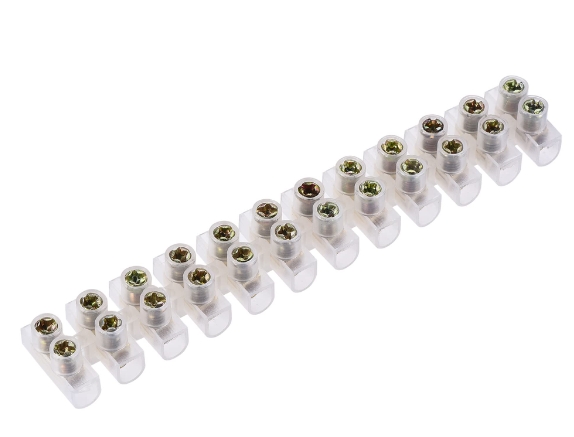Terminal blocks play a vital role in the operation of HVAC (Heating, Ventilation, and Air Conditioning) systems, ensuring that electrical connections are secure, organized, and reliable. These components help manage the complex wiring necessary for the efficient functioning of HVAC equipment.

Terminal blocks are used to connect these components to the control systems. By securing wires in the terminal blocks, technicians can ensure that power and signals are transmitted reliably throughout the HVAC system.
Terminal blocks simplify both the installation and maintenance of HVAC systems. During installation, wires from various components can be neatly organized and connected through wire terminal strip, reducing clutter and making the system easier to troubleshoot. In case of maintenance, specific connections can be isolated or adjusted without disturbing the entire wiring setup, making the process quicker and safer.
Safety is a critical concern in HVAC systems, which often operate in demanding environments. Terminal blocks provide a secure and insulated connection that helps prevent short circuits and electrical faults. This insulation is crucial in HVAC systems where wires may be exposed to temperature fluctuations, moisture, and other environmental factors.
Modern HVAC systems often include advanced control systems that regulate temperature, humidity, and air quality. Terminal blocks are used to connect sensors and controllers to these systems, ensuring that accurate data is transmitted and appropriate adjustments are made. This connectivity supports the precise operation of HVAC systems, contributing to energy efficiency and comfort.
Some components of HVAC systems, such as compressors and fans, require a substantial amount of power to operate. electrical terminal block are designed to handle these high currents, providing a robust connection that can withstand the electrical load without degrading over time. This durability is essential for the long-term reliability of HVAC systems.